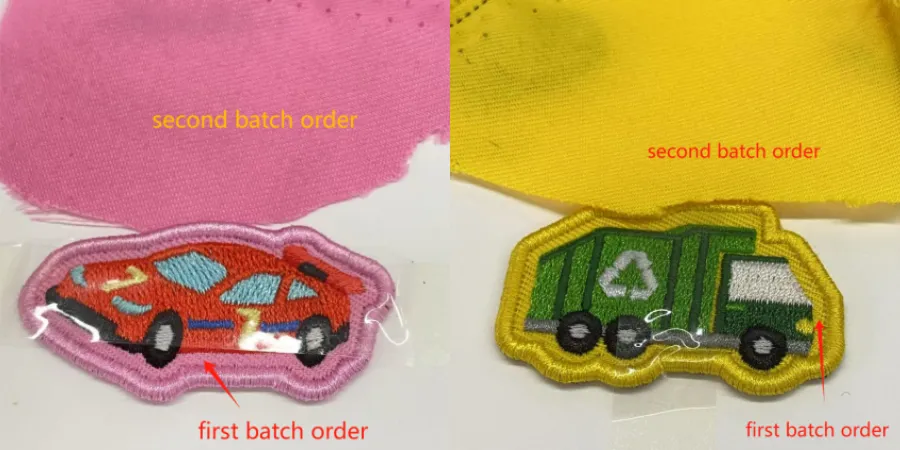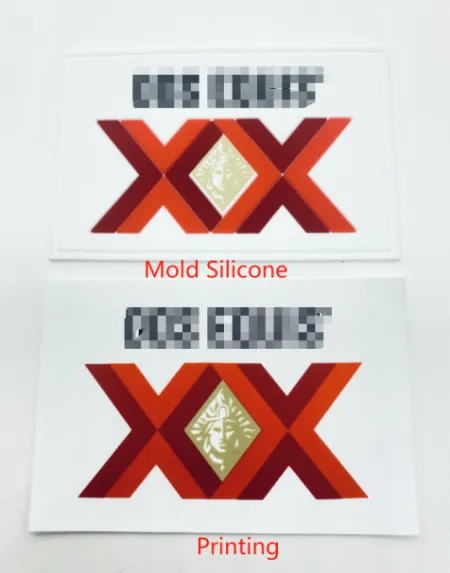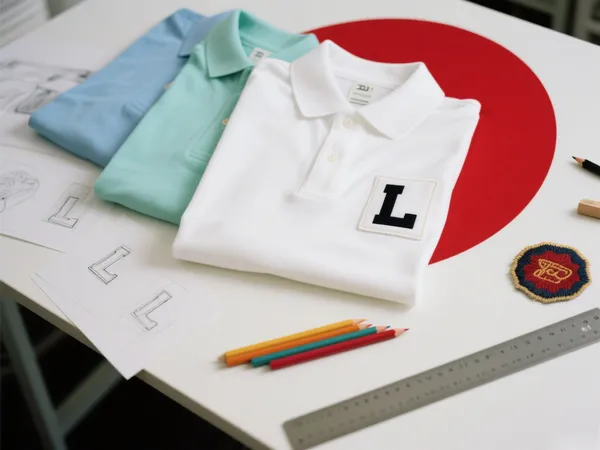トレードマークとなるアクセサリーのカスタマイズにおいて、色彩はブランドの視覚的識別の核心です。わずかな色の違いが、高級タグを安っぽく見せたり、スポーツブランドの活力を大きく損なったりする可能性があります。300以上のブランドにサービスを提供してきたアクセサリーサプライヤーとして、私たちは色彩のマッチングが単なる多肢選択問題ではなく、ブランドマネジメントにおいて必ず答えなければならない問題であることを理解しています。
以下は、当業界で最も一般的に使用される色番号です。
Pantone C (コート紙): コート紙専用。鮮やかな色で、滑らかな表面の印刷に適しています。
TCX(テキスタイルコットンエクステンデッド): リボン、刺繍、その他のアクセサリーなど、2,100 色以上の綿織物専用です。
TPG/TPX(紙/繊維): TPX は旧バージョン(製造中止)で、TPG は新バージョンで、より環境に優しいカラーパウダーが含まれており、繊維や紙のデザインに使用されます。
違い: TCX は綿布の色をベースにしており、TPG/TPX はより汎用的ですが、異なる素材 (ポリエステルと綿など) の色の違いに注意する必要があります。
業界の問題点: 色の違いに関する紛争の 90% がコミュニケーションのギャップから生じるのはなぜでしょうか?
色合わせでは次のような問題がよく発生します。
シナリオ1: 顧客はデザイン案を送ってきて「この赤で作ってください」と言ったが、実際の製品はオレンジ色だった。RGB カラー値が実際の生産に対応できない。
シナリオ2: パントンTCX色番号が指定されていましたが、シリコン素材に使用すると灰色に変色しました。これは、異素材間の色再現ルールが考慮されていなかったためです。TCXはテキスタイル転写用の特殊な色であり、シリコンはインクで直接着色されます。
シナリオ3: お客様は布地を送ってきて「全く同じもの」を要求しましたが、布地の異なるバッチのベースカラーが異なっていたため、マッチングに失敗しました。布の色はバッチごとに大きなバットで染められ、各バッチのバーごとにわずかな色の違いが生じるためです。
私たちの洞察: 色の問題は本質的にサプライチェーンの連携の問題であり、標準、ツール、プロセスという 3 つの側面から解決する必要があります。

2.コンピュータによるカラーマッチングの課題
多くのお客様は、デザイン時に色のコントラストや目を引く効果を追求しており、パントンカラー番号の具体的な要件はありませんが、画面上の色表示と実物には一定の差があることをお客様にご理解いただく必要があります。また、同じ色番号でも、異なる素材上での最終的な色にはわずかな違いがあります。例えば、同じ色番号でも、ウェビング、シリコン、金属などの異なる補助材料上では色の違いが現れます(例えば、TCXカラーはポリエステル上ではグレーに見える場合があります)。次の例をご覧ください。同じ色でも、印刷と成形によって生成される色にはわずかな違いがあります。

3.ソリューションとベストプラクティス
3.1. 初期コミュニケーションの標準化
必須の色番号表示: 顧客に Pantone の色番号 (TCX/TPG が推奨) を提供し、材質とプロセスを明記することを要求します (「ポリエステル ウェビングの場合は TPG-19-4052 TCX」など)。
物理的なカラー カードを提供します。パントン カラー カードまたは自作の素材サンプル カードを顧客に送信して、統一し、誤解を減らします。
3.2. 生産管理のポイント
校正段階:
3段階の色差標準サンプル(理想・合格・不合格)を作成し、お客様の署名で確認します。
量産:
シリンダーの違いを避けるために、同じバッチには同じ染料/インクバッチを使用してください。
ワークショップの光源を定期的に調整します(D65 標準光源での色マッチング)。
3.3. コンピュータマッチングの改善策
顧客が画面の色を要求した場合:
実際のサンプルを出力し、「画面上の色と実際の色の違いは避けられない」ことを説明します。
顧客が選択できるように、最も近い 3 つの Pantone カラー番号を提供します。
4.トップブランドがなぜ当社との提携を選択するのでしょうか?
色の一貫性はブランド価値の静かな守護者です。当社をお選びいただくことは、サプライヤーを選ぶだけでなく、科学から芸術まで、色彩管理のパートナーを得ることでもあります。
4.1. データ資産:業界をリードするカラーシンクタンク
8,000 以上の測定サンプルデータベース: 刺繍、シリコン、PVC、織りラベルなどの 9 種類の補助材料を正確にマッチングします。
4.2. 技術投資:テクノロジーを活用して業界の課題を打破する
顧客のデザインに基づいて、AI が 3 つのオプションを生成し、デザイナーがブランドに最適なオプションを個人的にマッチングして選択します。
4.3. サービス向上:カラーマッチングからブランド資産管理まで
デザインの初期段階 - 個人のカラーマッチングと校正、デザイナーが色の効果と実際の素材の議論に参加しながら
サンプリング段階 - 製品プロセスアナリストは、試行錯誤のコストを削減するためにサンプルを配置するための2〜3色バージョンを提供します。
量産段階 - ブランドが確認したサンプル効果に応じて、署名プロセスを厳密に実施し、3年以内にバルク品に色差リスクがないことを保証します。



